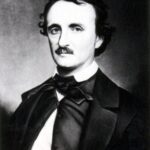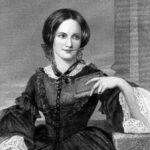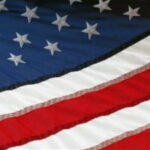In my search for information that would help me better understand Emily Dickinson’s poetry, I found a webpage written by Lilia Melani, a faculty member in the English department at The City University of New York. While the site discusses several of Dickinson’s poems, I specifically chose to focus in on “I heard a Fly buzz–when I died–.” This website is obviously meant to guide students toward their own conclusions when reading Dickinson’s poetry, and I felt that it was very beneficial in helping me to form my own conclusions on this specific poem.
There are two main observations that Melani makes on the symbols in this poem. The first is in reference to the image of the fly. The fly, Melani says, can stand for many things. First, a fly is often a symbol of Beelzebub, or Satan. Second, a fly is also commonly associated with decay, as flies feast on rotting flesh. Melani’s next point is in reference to the “King” (1304). She says that the king could be a reference to either “God, Jesus, or death” (2).
The conflicting images of the fly and the king in this poem can lead readers to two separate conclusions. The first is that Dickinson is waiting for the king, meaning God, to arrive at her deathbed and take her to the “Onset” (1304) of eternity. Instead, the fly, or Satan, appears, signifying that she was going to hell rather than heaven as she had expected.
The second conclusion that can be reached after looking at Melani’s definitions of the symbols is that the fly returning at the end is a symbol of the nonexistence of an eternity. Because the fly is an image of nature that is often associated with decaying flesh, it could signify Dickinson’s own conflict with belief in the existence of God and heaven.
To be honest, when I first read this poem, I had no idea what it was about. I did not know that the fly was a common symbol for the devil, and that piece of information alone opened my eyes to one meaning. After realizing that the fly and the king were the main symbols in the poem, I was able to develop other meanings relevant to the poem. I also found it very beneficial that Melani offered several different interpretations rather than just one, allowing me to form my own opinion as to the significance of this poem.
I believe that Melani’s website is a very reputable source of information. She is a faculty member in the English department at CUNY, and this webpage was obviously written to aid discussion in a literature class.






